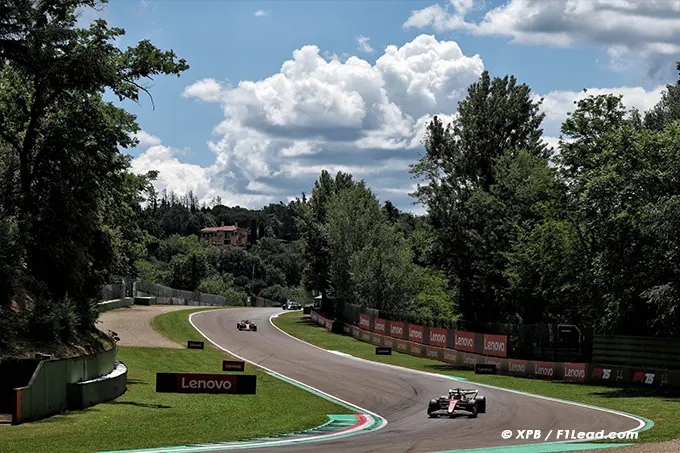Pirelli’s softest-ever F1 tyre struggles in Imola, raising doubts over its performance and durability for qualifying and race pace.
Formula 1 and its drivers had high expectations for the debut of the Pirelli C6 tire, the softest compound ever produced by the Italian manufacturer, at this weekend’s Grand Prix in Imola.
But its extreme softness raised concerns about fragility and whether it could even survive the demands of a single flying lap.
Whispers in the paddock throughout the weekend suggested drivers might opt to qualify on medium tires to maintain performance over the course of their lap.
Those concerns only grew stronger during FP3 on Saturday, as the soft compound failed to impress in both pace and durability. Drivers struggled to improve their times once they switched to the C6.
The issue seems linked not just to degradation but also to difficulty in keeping the compound within the optimal temperature window.
That combination has led to inconsistent performance and a lack of grip. Still, Pirelli needs to gather data on this tire with an eye toward future races.
“Looking at the outcome here, we can better assess whether it’s too risky for a track like Singapore,” explained Simone Berra, Pirelli’s chief engineer.
“We’re also considering Baku, which again generates relatively low energy. Both of these circuits are under review.”
“We’re thinking about Mexico as well, because it’s quite a smooth surface and the energy levels are low. But we don’t want to push too far. The middle sector there has some high-speed corners that could lead to significant degradation in that section, and then the tire may not survive until the end of the straight.”
To ensure teams do use the C6 when it is selected, Pirelli may choose to pair it with much harder compounds.
This would make alternative strategies slower and could push teams into taking risks on softer tires to gain a performance edge.
“For instance, we might bring the C2, C4, and C6 combination, or try something else like C3, C4, and C6 on certain tracks. We need to evaluate the situation. I don’t think we’ll see that happening before mid-season.”
“It’s more likely we’ll decide something for the second half of the year. We’re in discussion with the teams, we’re running simulations, and we’re sharing those results. We’re all working toward the same goal because we want to see exciting races with varying strategies, that’s what makes the sport entertaining.”
Teams also carry some responsibility in this equation. They adapt quickly to any compound. Last year’s soft tire lacked the durability for a race stint, yet it has now been reclassified as a medium. Pirelli has made gains.
“We’ve made a big step forward in mechanical resilience and also improved thermal degradation,” said Berra.
“Another part of the progress comes from the teams and how they manage tire wear. They understand the 18-inch product well. Even though the compounds are new, they have several years of experience with the previous range.”
“All of that plays a role. But in my opinion, I’d say it’s fifty percent down to the car, and beyond that, the drivers are managing better. Most of them now ease into their laps more smoothly, taking inspiration from what others have done in the past.”
- Discover More>Why Lando Norris Is Quietly Vanishing From Online Life
- Follow us on >FACEBOOK and >TWITTERfor F1 update
